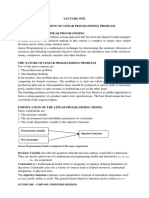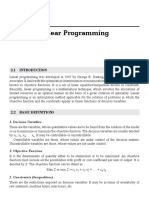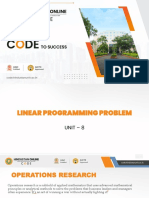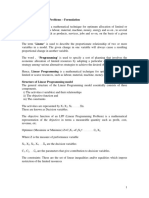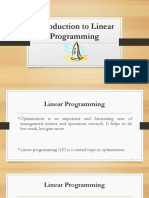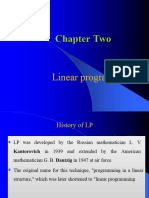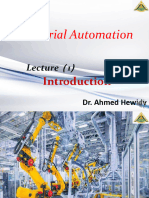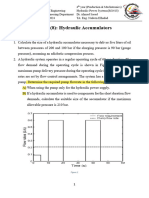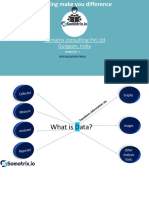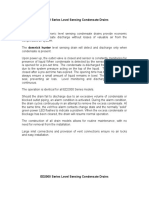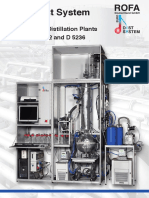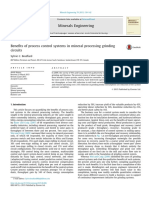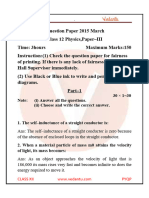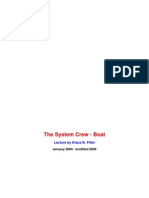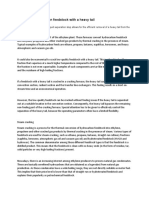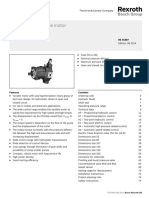0% found this document useful (0 votes)
21 views22 pagesOr 2
This document provides an overview of linear programming. It discusses:
1) Linear programming involves maximizing profit or minimizing costs by optimizing the use of limited resources. The key steps are to formulate the problem as a linear model, solve the model, and implement the solution.
2) A linear programming model consists of decision variables, an objective function, constraints, and parameters. The objective function is a linear equation to maximize or minimize. Constraints are limitations on resources stated as linear equations of the decision variables.
3) Proper formulation of a linear programming model involves clearly defining decision variables, constructing the objective function, and formulating constraints.
Engineering
of Mechanical Engineering
each product,
Uploaded by
Amany SobhyCopyright
© © All Rights Reserved
We take content rights seriously. If you suspect this is your content, claim it here.
Available Formats
Download as PDF, TXT or read online on Scribd
0% found this document useful (0 votes)
21 views22 pagesOr 2
This document provides an overview of linear programming. It discusses:
1) Linear programming involves maximizing profit or minimizing costs by optimizing the use of limited resources. The key steps are to formulate the problem as a linear model, solve the model, and implement the solution.
2) A linear programming model consists of decision variables, an objective function, constraints, and parameters. The objective function is a linear equation to maximize or minimize. Constraints are limitations on resources stated as linear equations of the decision variables.
3) Proper formulation of a linear programming model involves clearly defining decision variables, constructing the objective function, and formulating constraints.
Engineering
of Mechanical Engineering
each product,
Uploaded by
Amany SobhyCopyright
© © All Rights Reserved
We take content rights seriously. If you suspect this is your content, claim it here.
Available Formats
Download as PDF, TXT or read online on Scribd
/ 22
